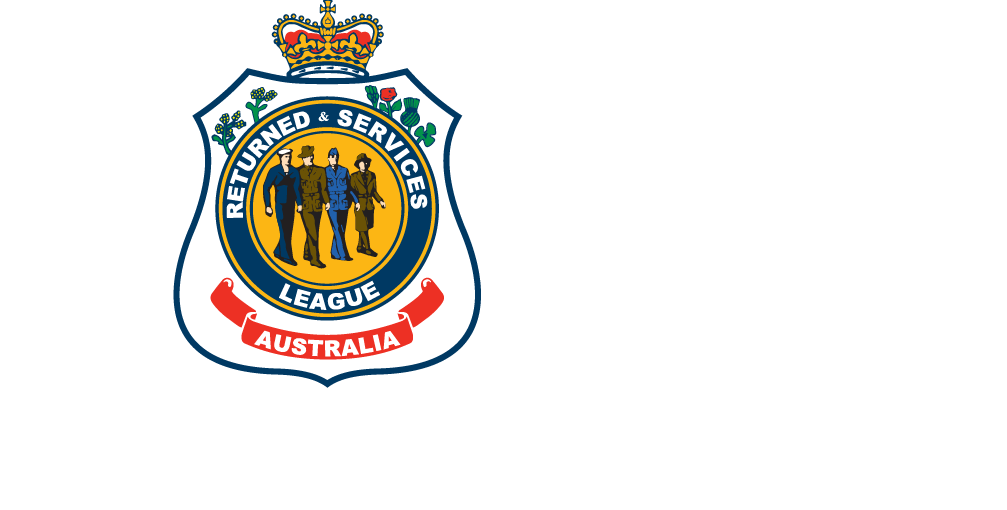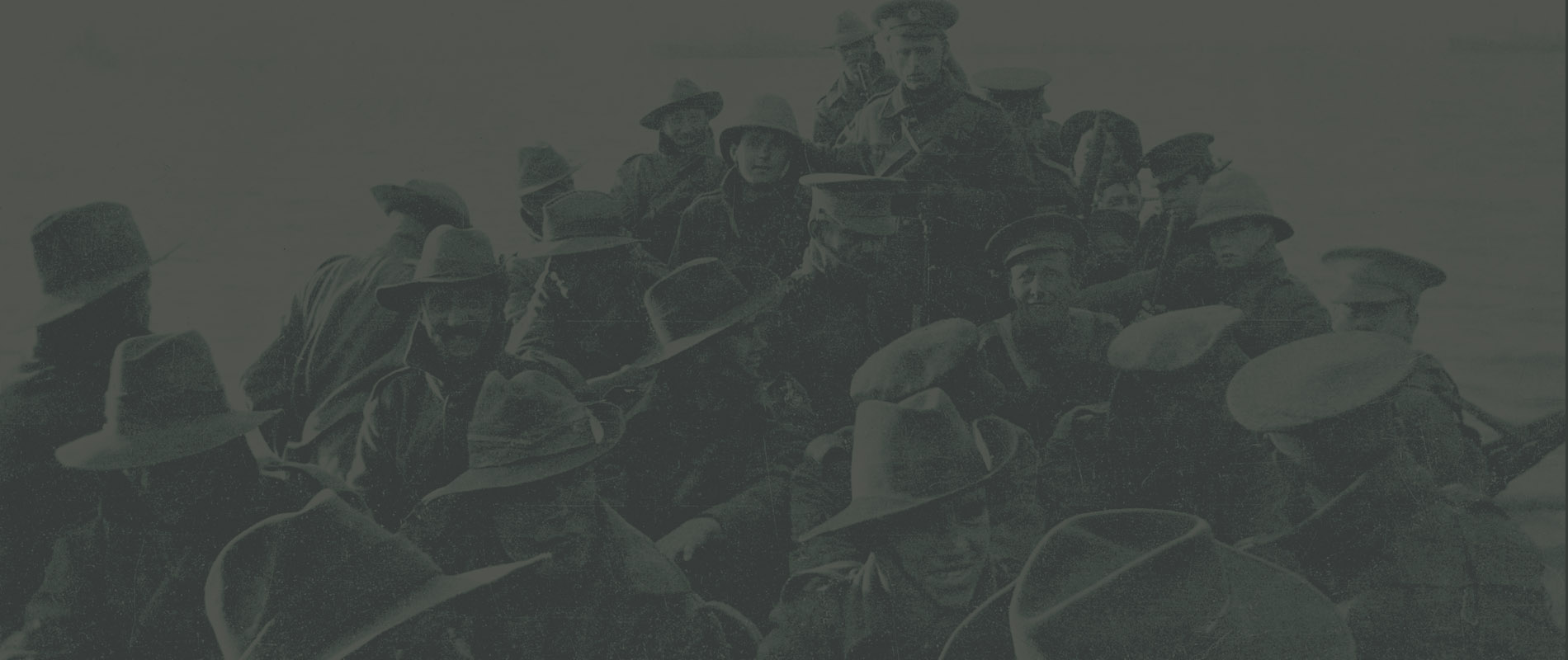Take me back to the Memorial Pathway
GULF WAR
1991
- Iraq invaded Kuwait on 2 August 1990. This lead the way for a multinational force from 30 countries and 40,000 troops to enforce the United Nations Security Council resolutions.
- Australian Defence personnel were deployed, under the auspices of the UN and numbered over 1,800 from all three Services, Army, Navy and Airforce.
- Australia was one of the first nations to join the Coalition force.
- Australian forces were deployed under the auspices of the UN. Three Australian warships conducted blockade operations in the Persian Gulf. Australia also provided a supply vessel, four medical teams and a mine clearance diving team that joined a protective screen, under US operational control, around aircraft-carrier battle groups in the Gulf. The Royal Australian Navy (RAN) provided vessels for the multinational naval force, which formed an interception force in the Persian Gulf to enforce the UN sanctions. The RAN presence included two frigates and the replenishment ship HMAS Success, which, having no air defences of its own, relied on the Army’s 16th Air Defence Regiment. In January 1991, the replenishment tanker HMAS Westralia left Fremantle, Western Australia, to relieve Success. Four warships, HMAS Sydney (IV), HMAS Adelaide, HMAS Brisbane and HMAS Darwin, also served tours of duty in the Persian Gulf. During the operational phase of their deployment, they formed part of the antiaircraft screen for the carrier battle groups of the US Navy. A RAN clearance diving team was also despatched for explosive ordnance and demolition tasks. Army personnel took part on attachment to various British and American ground formations. A small group of Royal Australian Air Force (RAAF) photo-interpreters was based in Saudi Arabia, together with a detachment from the Defence Intelligence Organisation. Four medical teams were also despatched at the request of the US. Although the ships and their crews were in danger from mines and possible air attack, Australia’s war was relatively uneventful and there were no casualties. At the conclusion of hostilities, 75 Australian personnel were sent to northern Iraq to assist in the provision of humanitarian aid to Kurds living in the UN-declared exclusion zone while ships of the RAN remained on station, at the request of the US, to enforce UN sanctions. Several Australian Navy officers commanded the multinational interception force. Australia later provided weapons inspectors in Iraq to monitor the discovery and disposal of prohibited nuclear, chemical and biological weapons of mass destruction.
- On 24 February 1991, after more than a month of air attacks, the Coalition’s ground forces moved against Iraqi positions in Kuwait and in Iraq itself. The magnitude and decisiveness of these strikes destroyed what was left of Iraq’s capacity to resist. After two days of air strikes, Baghdad radio announced that Iraq’s armed forces had been ordered to withdraw from Kuwait to the positions they had occupied before August 1990. The Coalition ceased hostilities and declared victory on 28 February 1991. Coalition losses amounted to 166 killed, many by friendly fire. At least 100,000 Iraqis had been killed.
- There were no Australian personnel deaths.
Data for this summary has been used with permission from the Australian War Memorial website
.For further information, please go to awm.gov.au



